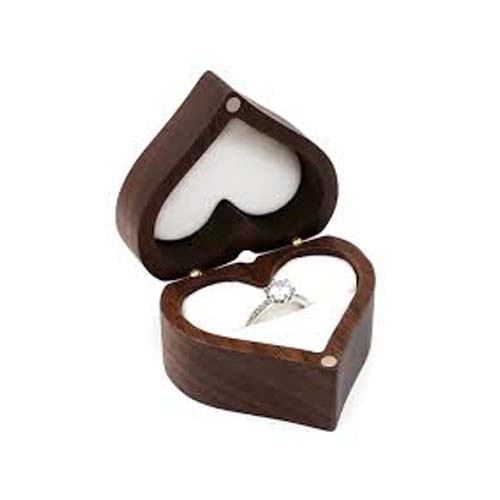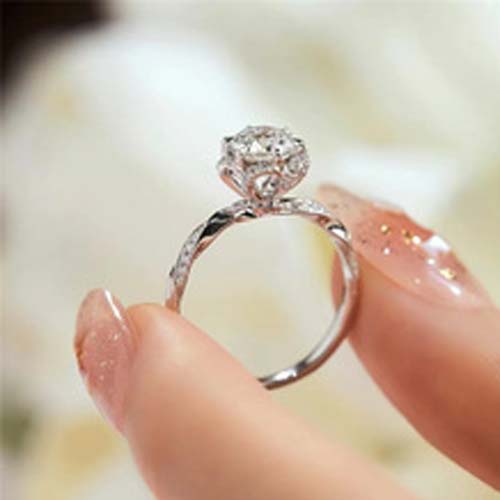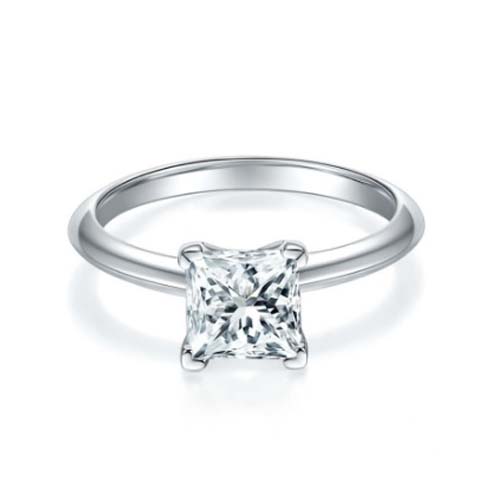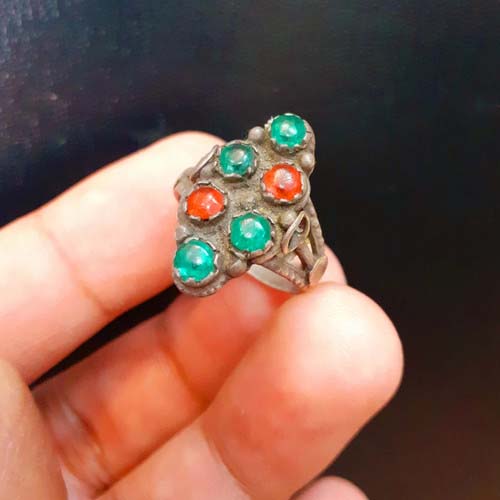A Jewelry box designer is an artisan who specializes in creating storage solutions for jewelry that are not only practical but also aesthetically pleasing. Their work involves a deep understanding of materials, design principles, and craftsmanship. Designers balance form and function, ensuring the box protects its contents while also serving as a decorative piece to look beautiful and attractive.
The role of a jewelry box designer goes beyond aesthetics. They consider aspects like compartmentalization for different types of jewelry, secure closures, and protective linings to prevent tarnishing or scratching. Each design reflects a thoughtful approach to organization and preservation, tailored to the needs of the user. Make sure each shape fits the jewelry.
Jewelry boxes are more than mere storage; they are keepers of memories, carriers of heirlooms, and guardians of treasures. Behind each exquisite jewelry box lies the meticulous work of a jewelry box designer. This unique craft marries functionality with artistry, creating pieces that stand the test of time both in purpose and beauty.
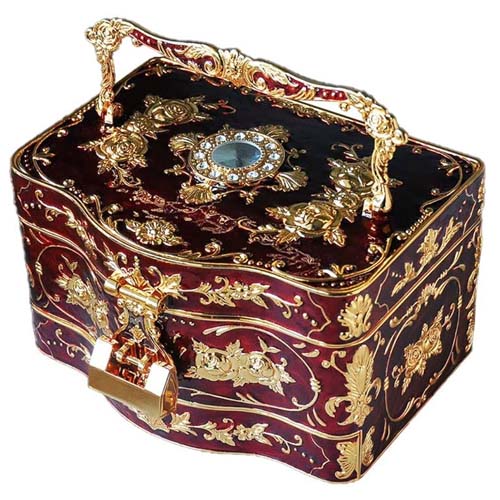
Materials: The Building Blocks of Beauty
The choice of materials is pivotal in jewelry box design. Common materials include:
- Wood: Mahogany, walnut, cherry, and maple are popular choices for their durability and natural beauty. Wooden boxes often exude a timeless, classic charm.
- Metal: Designers may incorporate metals like brass, silver, or gold for accents or structural components. Metal adds an element of luxury and sophistication.
- Glass and Acrylic: Transparent or frosted glass panels allow a glimpse of the treasures inside, adding an element of intrigue.
- Fabrics and Linings: Velvet, silk, or suede linings not only enhance the visual appeal but also protect delicate jewelry from scratches and tarnish.
- Sustainable Materials: Eco-conscious designers increasingly turn to bamboo, recycled wood, and other sustainable materials to create environmentally friendly pieces.
The Design Process: From Concept to Creation
The process of designing a jewelry box begins with inspiration. Designers draw from various sources—nature, architecture, fashion, or personal experiences—to create unique and innovative designs. Here’s an overview of the design journey:
- Sketching and Conceptualization: Designers start by sketching ideas experimenting with shapes, compartments, and aesthetics. They may use digital tools for more precise renderings.
- Material Selection: The choice of materials aligns with the intended style, durability, and functionality of the box.
- Prototyping: Before finalizing the design, a prototype is created to test the structure and usability. Adjustments are made to ensure the design meets expectations.
- Crafting: Once the design is perfected, artisans bring it to life using techniques such as carving, molding, or assembling. Attention to detail is paramount, especially for intricate embellishments or inlays.
- Finishing Touches: Polishing, painting, or varnishing completes the piece, enhancing its beauty and longevity.
Styles of Jewelry Boxes:
- Traditional: Featuring ornate carvings, rich wood finishes, and classic shapes, traditional designs evoke timeless elegance.
- Modern: Sleek lines, minimalist aesthetics, and innovative materials define modern jewelry boxes. They appeal to those who prefer contemporary design.
- Vintage and Antique: Inspired by historical eras, these boxes often feature intricate details, aged finishes, and a sense of nostalgia.
- Thematic: Designers may create themed boxes, such as nature-inspired designs with floral motifs or travel-themed boxes shaped like suitcases.
- Customized: Personalized jewelry boxes are tailored to the individual’s preferences, often featuring engraved initials, specific dimensions, or custom compartments.
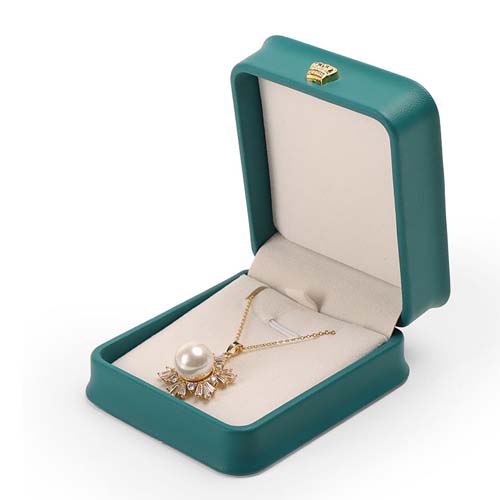
The Emotional Connection
A jewelry box is more than a container; it holds sentimental value. Each box becomes a repository of personal stories, milestones, and cherished moments. For many, opening a jewelry box is akin to revisiting a lifetime of memories, from a grandmother’s pearl necklace to a wedding ring’s safe haven.
Designers play a significant role in fostering this emotional connection. By creating beautiful and functional pieces, they ensure that the jewelry box becomes an integral part of the owner’s life story.
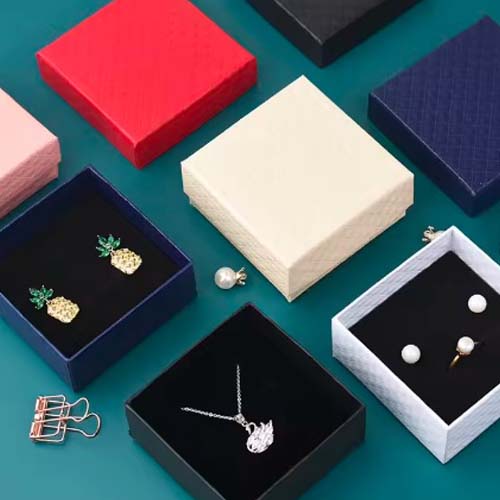
Challenges in Jewelry Box Design
The craft of jewelry box design is not without its challenges:
- Balancing Form and Function: Achieving the perfect equilibrium between aesthetics and practicality can be complex.
- Durability: Ensuring the box withstands years of use without compromising its beauty requires careful material selection and craftsmanship.
- Market Trends: Designers must stay abreast of trends while maintaining a timeless appeal.
- Customization: Meeting specific client needs often involves intricate detailing and unique solutions.
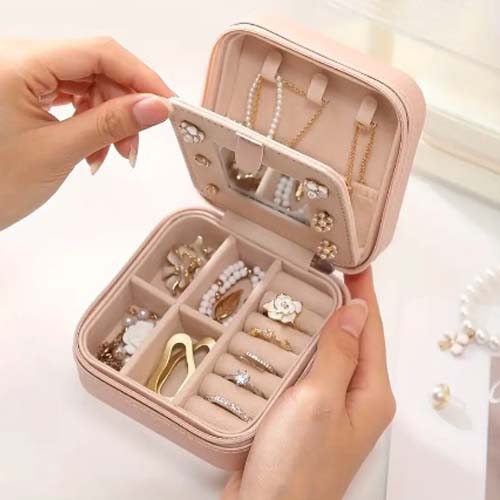
The Future of Jewelry Box Design
As consumer preferences evolve, so too does the art of jewelry box design. Sustainability, technological integration (like smart locks), and innovative materials are shaping the future of the craft. Designers are exploring ways to blend tradition with modernity, creating pieces that resonate with contemporary sensibilities while honoring timeless artistry.
Jewelry box designers are artists, engineers, and storytellers rolled into one. Their creations transcend mere functionality, offering beauty, sentiment, and protection for our most precious possessions. Each jewelry box is a testament to the designer’s skill and vision, a small but significant treasure that adds elegance to daily life.

